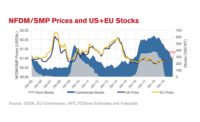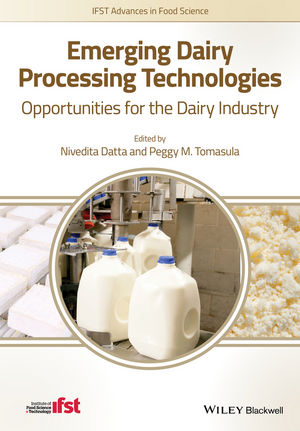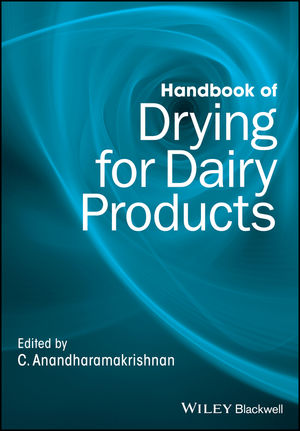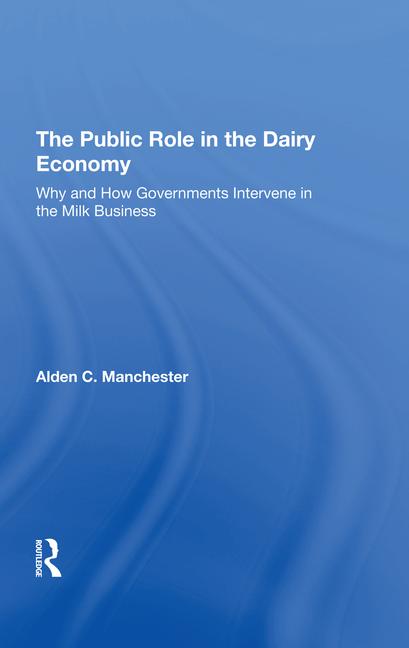Be prepared for dairy price fluctuations
Understand the indicators to help anticipate changes in dairy prices

What are the top four indicators we should be watching to help us understand and anticipate changes in dairy prices? With the amount of data and commentary on the dairy markets, it’s easy to get overwhelmed or become distracted from the big underlying drivers. It was hard to whittle the list down to just four, but here they are.
Farm gate margins. Dairy farmers respond to economic signals. If farmers are making money, we should be anticipating a drop in dairy prices on the horizon. If margins are very weak, we should be looking for increasing prices.
Milk production across major exporters. Margins tell us what incentives the market is putting into place for farmers, but often the weather (or government policy) has final say over how much actually gets produced. I’m often asked what the normal/balanced/sustainable growth rate is for global production, and it is harder to answer than you might think. But over the past 10 years, production growth across the major exporters has averaged about 1.7%. If we’re growing above that rate, it could be a bearish signal.
Real gross domestic product (GDP) growth in developing economies. Really, this could be any broad-based measure of global economic activity, but this is the one we use in our modeling. If we hold all the other variables in our global dairy model constant and add 1% to the GDP forecast, it adds 8.5% to the dairy price forecast. The International Monetary Fund updates the data only four times per year, so it’s not an indicator that will change very often. But economic growth is a critical driver in the demand for dairy products, and we should be paying attention to it.
Global milk equivalent imports. We do a lot of complex country-by-country demand modeling to anticipate when and where changes in demand will be happening. But a very simple aggregate indicator is just looking at global milk equivalent imports relative to trend. When imports are running below trend, prices tend to be weak, and when imports are above trend, prices are typically strong.
If we see that imports are below trend and we know that the outlook for economic conditions (GDP) is still good, it’s pretty safe to assume that the imports will move back higher in the near future, and the market will go through a period of strengthening demand. And if imports are running well above trend, there is a very strong chance demand will be weakening a bit in the future.
None of the indicators is going to give you a reliable bullish or bearish view of the market on its own. But if you know what the financial incentives are for farmers, where milk production currently stands, the financial strength of the consumer, and how recent imports are shaping up, you should have some sense for the likely direction of dairy prices.
Looking for a reprint of this article?
From high-res PDFs to custom plaques, order your copy today!








